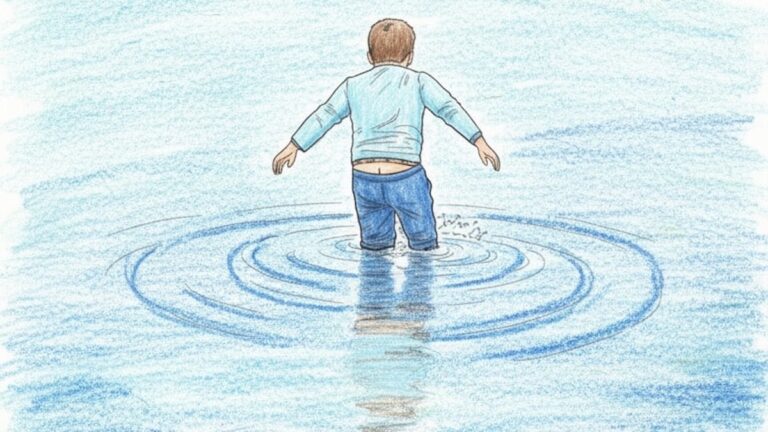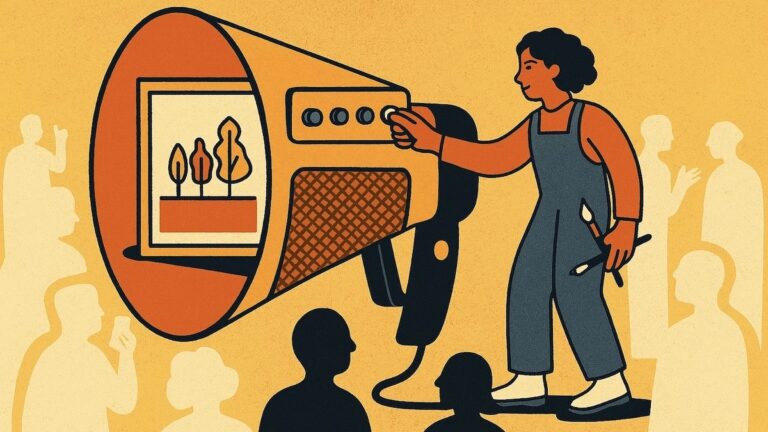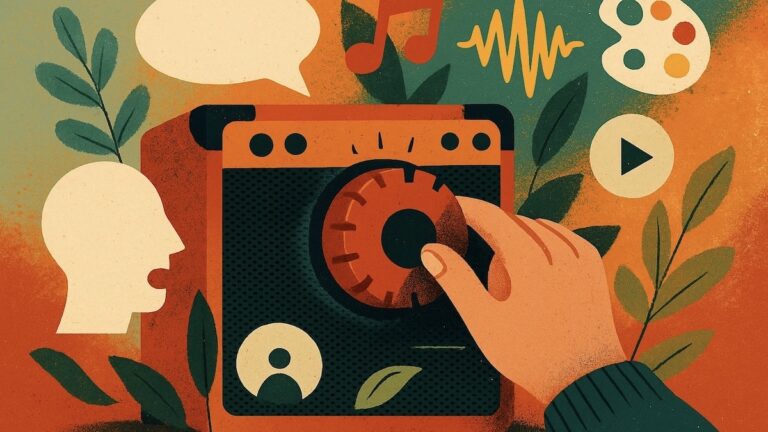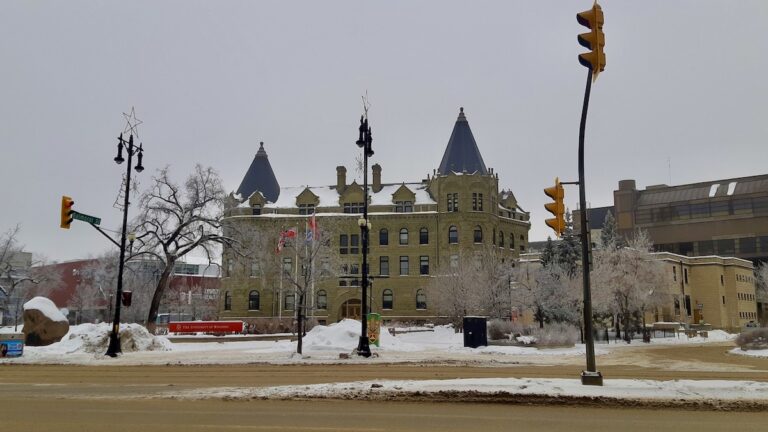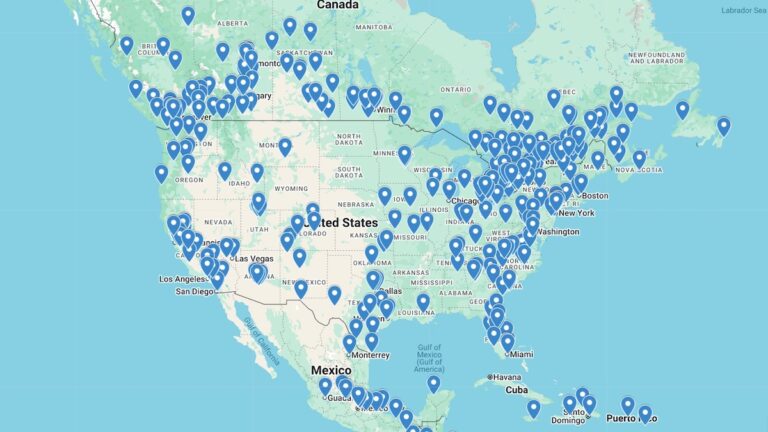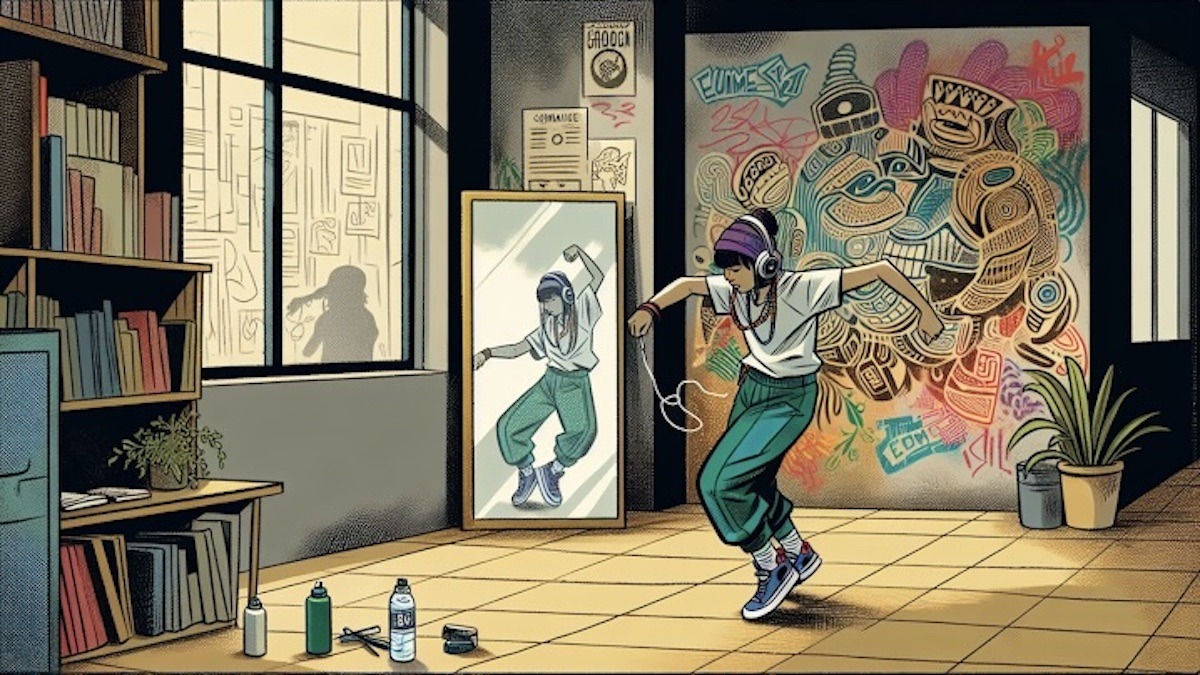
Weaving Time’s Depths
The most powerful secrets aren’t always revealed at the end of the road; sometimes, they’ve been waiting for us in the echoes of the past, shimmering just beneath the surface of the present. As storytellers, we often default to a straightforward path, guiding our audience step-by-step through a character’s journey. And while that linear unfolding holds immense power, as we discussed previously, there’s a profound magic in narratives that dance through time, inviting readers to become active participants in uncovering a deeper truth.
Think about how our own memories work. They don’t arrive in a neat, chronological sequence. A scent might whisk you back to a childhood kitchen, a song to a forgotten summer romance. Our minds are constantly piecing together fragments, making connections across different moments. Non-linear storytelling, often referred to as ‘Memory Lane’ narratives, mirrors this human experience. It’s about more than just jumping around in time; it’s about strategically withholding, revealing, and recontextualizing information to build layers of mystery and heighten emotional impact. It transforms the audience from passive observers into detectives, actively assembling the narrative puzzle.
The Echoes of Memory
When I think about the stories that truly resonate, many of them don’t just move forward; they spiral inward, revisiting moments that define the present. This isn’t about being confusing; it’s about being deliberate. Perhaps your story begins at a pivotal, confusing moment in the present, then slowly, carefully, you peel back the layers through flashbacks to show how your characters arrived there. The key is to make these time shifts purposeful, not arbitrary.
For instance, imagine a protagonist standing before a crumbling old house, a place they haven’t seen in decades, filled with a palpable sense of dread. Instead of immediately explaining why they’re there, you might cut to a brief, vivid scene from their childhood within those very walls – a flash of sunlight through a window, a whispered secret, a moment of profound joy or terror. This initial glimpse doesn’t explain everything; it raises questions. Why is this place so significant? What happened here? These are the hooks that pull your audience deeper. Each subsequent flashback then serves as a breadcrumb, leading them further into the labyrinth of the past.
Crafting Suspense, Piece by Piece
The power of a non-linear approach, especially with strategic flashbacks, lies in its ability to build suspense not just around “what happens next,” but around “what happened then” and “why is it happening now.” You’re not just telling a story; you’re orchestrating a reveal. Consider starting your narrative close to the climax, or even at the very end, and then meticulously filling in the blanks. This creates an immediate sense of intrigue. The audience knows the outcome, or a crucial part of it, and their engagement shifts to understanding the journey that led there.
A well-placed flashback can dramatically alter a reader’s perception of a current event. Let’s say a character behaves in a seemingly irrational or cruel way in the present. If you then introduce a flashback revealing a past trauma or betrayal they endured, that present action suddenly takes on a new, tragic dimension. It’s not just about adding backstory; it’s about recalibrating the audience’s emotional compass. This technique transforms simple cause-and-effect into a more complex, layered emotional landscape. It makes the audience work, but the reward is a far richer understanding and a deeper empathy for your characters.
Inviting Active Engagement
When you jump around in time, you’re not spoon-feeding your audience information. You’re giving them pieces of a puzzle and trusting them to put it together. This active participation is incredibly rewarding for a reader. They feel smart, invested, and more deeply connected to the narrative because they’re co-creating meaning. It’s a subtle collaboration between writer and reader.
To master this, think about the information you reveal and when. Don’t dump everything at once. Each flashback should serve a purpose: to answer a question, raise a new one, foreshadow an event, or deepen character motivation. It’s like a master weaver, adding threads of different colors and textures, slowly revealing the full pattern. The narrative doesn’t just unfold; it emerges, piece by intricate piece. This makes the eventual understanding all the more satisfying, because the audience has earned it. They haven’t just read the story; they’ve lived the discovery.
So, as you consider your next storytelling project, ask yourself: does this story truly need to be told in a straight line? Or might its greatest impact lie in the echoes and whispers of the past, strategically placed to unravel a mystery, deepen a character, and invite your audience into a truly immersive journey of discovery?
This spring and summer, we’re building new platforms to connect communities through professional development, creativity, and community engagement. We’re using technology, storytelling, and oral history, all mixed with music and good old-fashioned creativity. A special thanks to the OpenAI Researcher Access Program and the Manitoba Arts Council for supporting this season’s mentorship and internship program.

